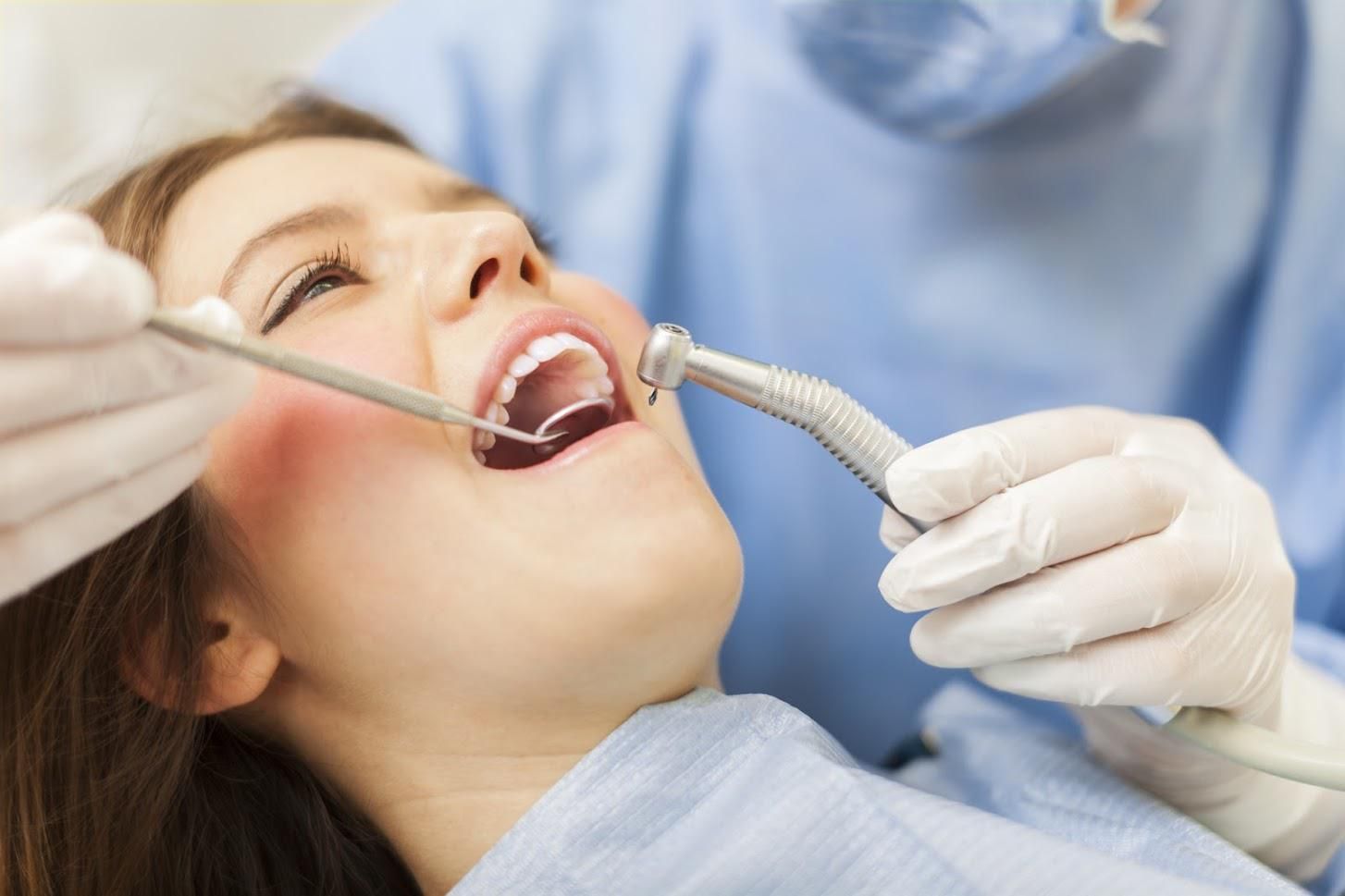Suffering From Loose Teeth? Check for a Furcation Defect

If
you have been dealing with gingivitis, then your gums may be swollen
and hurt when you floss. If gingivitis is left unchecked, it can
develop into periodontitis or gum disease. One side effect of gum
disease is a furcation defect, which causes loose or misaligned
teeth. Read on to learn more about this condition and how to treat
it.
What
is Furcation Defect?
A
furcation defect is a periodontal infection that causes bone loss
around the base of a tooth root's trunk.
Tooth
roots are embedded in your jaw bone and keep your teeth in place. The
root trunk is the area of the tooth where two or more of these roots
join. Molars and premolars have multiple roots (e.g., bifurcation for
two-rooted teeth or trifurcation for three-rooted teeth), so these
are the teeth that may suffer from furcation defects.
As
you lose bone in the area around root trunks, you might notice that
your teeth can wiggle, or your teeth might become crooked and shift
since there isn't adequate support.
How
is a Furcation Defect Diagnosed?
Your
dentist can use either x-rays or periodontal probing to diagnose a
furcation defect. Although, your dentist may use both methods to get
a more accurate diagnosis.
In
recent years, dentists have also used 3D cone beam computerized
technology (CBCT) to detect these defects. You don't need to prepare
for a cone beam scan; it's taken in a similar manner to other dental
x-rays.
However,
cone beam imaging is incredibly powerful compared to traditional
x-rays. It produces multiple detailed cross sections of bone, soft
tissue, and nerve paths, thus helping your dentist not only diagnose
a furcation defect but dictate the best course of treatment.
How
is a Furcation Defect Treated?
Your
treatment will depend on the severity of your bone loss around tooth
root trunks. There are different scales that your dentist can use to
classify the severity of your problem. For example, your dentist
might use a probe-like instrument around the tooth root trunk to
check for the depth of bone loss. After probing the area, he or she
may then rate that bone loss on a scale of one to three, with one
being mild bone loss and three being severe bone loss.
Treatment
for Mild Cases
If
you have a mild bone loss, your doctor might recommend scaling and
root planing (SRP). SRP is a deep cleaning below the gumline. This
deep cleaning addresses the source of your furcation defect: your gum
disease. Once your dentist completes a deep cleaning, then your gums
will heal and your tooth root trunks will be protected from further
infection.
Treatment
for Moderate to Severe Cases
If
your dentist says that your furcation defect is moderate to severe,
he or she might recommend a furcationplasty. A furcationplasty is a
surgery where your dentist thickens the bone around your root trunks
so that your teeth are better supported.
During
this surgery, your dentist will remove any infected tooth structures.
He or she would then re-shape the bone and gum tissue around your
root trunks so that they would support your teeth better.
Besides
a furcationplasty, your dentist might recommend a root resection
surgery. During a root resection surgery, your dentist would remove
any portions of the root trunk that were so infected that they were
causing bone loss. Your dentist would then leave any remaining
healthy root trunk so that your teeth could still be supported.
During
any of these surgical procedures, your dentist might use guided
tissue regeneration (GTR) membranes so that you can heal better. GTR
membranes are similar to bone grafts or gum grafts as they encourage
new bone growth and new gingival tissue growth.
Talk
with the team at Jeffrey
L. Erwin DDS
today
to better understand the best path for diagnosing and treating
furcation defects.













